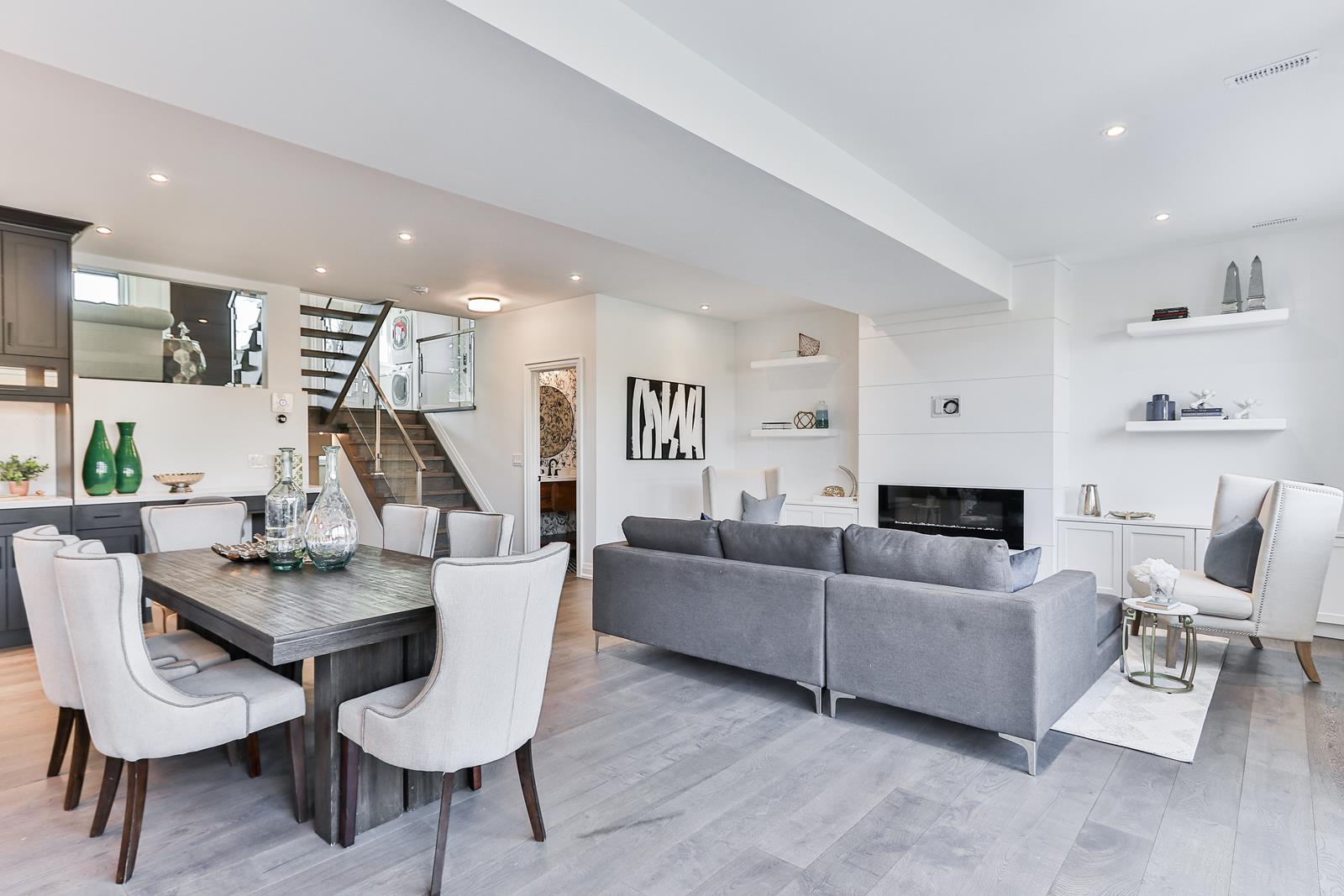Furniture refers generally to movable items designed to support different human activities including eating, eating, and sleeping. Furniture also can be utilized to hold items at a comfortable height for extra work, or to safely store items. In modern times, furniture is often considered a decorative art and can be a labor-saving product of artistic design. For many homeowners, furniture adds an artistic flair to their homes and an inviting ambiance.
The earliest furniture designs date from approximately 400 B.C., when people began building furniture out of wood. Wood was the most common material used at the time; however, there are indications that people also built furniture out of stone and clay. The first furniture designs were made for outdoor use, possibly on wooden foundations. The use of plastics and other man made materials soon surpassed wooden furniture in popularity. Wooden furniture, typically, was not constructed out of expensive materials, which meant that it could be mass produced.
Gothic furniture, often called Byzantine furniture, is distinguished by its intricately detailed designs, often depicting landscapes or animals. Byzantine furniture is made from wood, sometimes painted, sometimes left unfinished, and often containing metal fittings and ornate carvings. In some cases, Byzantine furniture may be elaborately decorated using metal alloys and mosaics. Some examples of Gothic furniture include tables, chairs, China hutch, and jewelry boxes.
Another type of Gothic furniture is characterized by its intricately carved, usually with a zigzag pattern, intricate paneling, and symmetrical proportions. Examples of Roman furniture include armoires (furniture for the bedroom), coasters (used in the kitchen), headboards (used in the study), chests (a popular piece of antique Gothic furniture), and lamp shades (a characteristic of many Gothic styles). Apart from these, there are also many types of Roman furniture that were inspired by Greek works. Examples of such pieces are the sofas and ottomans, which were originally used in Greek houses.
The styles that followed the Gothic tradition were characterized by bold colors, deep purples and reds, dark woods, and complex cuts. A main article of Gothic furniture was the bookcase, which is still very popular today. Other articles of Gothic furniture are lockets and book stands. For those interested in using wood as an inspiration, Gothic furniture can also be crafted from different types of cedar.
The art nouveau furniture style, a late 20th Century development, was inspired by French architecture and, as such, included rounded forms, geometric figures, and pointed arches. Unlike the typical Gothic furniture styles, art nouveau furniture featured rounded legs, curved tops, and beautiful floral prints. Art Nouveau furniture also incorporated metal designs, including bronze, steel, and iron-cast. Many dinette sets and chairs were designed with the art nouveau styling, as well as with the use of metal.
An example of greek furniture that is often found in the Greek Orthodox Church is the cross chair. This chair is called the” Priest’s Chair” and is a wooden chair that has a short curved back and an arch in the front. Some of these types of Greek chairs were made from a single piece of wood, while others were either constructed from bronze or wood.
Another example of furniture types that can be considered Gothic are the lintels (which look like small pointed ends). These were used to accentuate the crevices of the drawing-room table and to emphasize the shape of the cabinet-top. Lintels were usually painted with satin colors, although they could be found in other colors, such as burgundy.
Sofas, stools, and dining tables were also created with the Gothic style. A modern interpretation of these classic pieces are the modular sofas that are designed to “fit” into the room where it will be placed. Modular furniture pieces have legs that connect to a central support, which in turn is made up of individual support bars. Modular furniture is very efficient at saving space since the legs can be pulled out when not needed. The dining table and chairs are fitted together in this manner, and the modular furniture is completed by the addition of the coffee table and the side tables.
Other office furniture pieces that are considered Gothic are the chairs that are round and have no backs. In the Renaissance, these chairs were called “favoured chairs” or, simply, “favoured” for their rounded shape rather than for their lack of back. Modern day office furniture has come a long way from the simple wooden chairs that were popular in the Renaissance and the Georgian styles. Today, the office chair is designed to look sleek, modern, comfortable, and well crafted.
Modern day bce furniture uses various techniques to bring the classic designs of ancient furniture to life in new and innovative ways. Modern bce furniture is not only used in office environments but can also be found in dining rooms, libraries, and bedrooms. Some furniture manufacturers are incorporating period features into their furniture designs such as, open shelves, under mounted cabinets, and open work spaces. This creates a warm inviting environment that adds a sense of home to any room. By using wood, solid oak, or other heavy duty woods, modern bce furniture can be used in many different settings to bring classic designs to life in new and contemporary ways.


